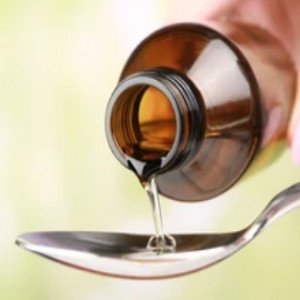 Welcome
Welcome
“May all be happy, may all be healed, may all be at peace and may no one ever suffer."
- A
- B
- C
- D
- E
- F
- G
- H
- I
- J
- K
- L
- M
- N
- O
- P
- Q
- R
- S
- T
- U
- V
- W
- X
- Y
- Z
Trihexyphenidyl Hydrochloride - Brands
Trihexyphenidyl exerts a direct inhibitory effect upon the parasympathetic nervous system. It also has a relaxing effect on smooth musculature; exerted both directly upon the muscle tissue itself and indirectly through an inhibitory effect upon the parasympathetic nervous system.
Pharmacology
Trihexyphenidyl is a non-selective muscarinic acetylcholine receptor antagonist but binds with higher affinity to the M1 subtype. In vivo studies have shown that trihexyphenidyl demonstrates higher affinity for central muscarinic receptors located in the cerebral cortex and lower affinity for those located peripherally. Other studies suggest that trihexyphenidyl may modify nicotinic acetylcholine receptor neurotransmission, leading indirectly to enhanced dopamine release in the striatum. Although the anticholinergic has proven to be useful in the treatment of symptoms associated with Parkinson’s disease or other movement disorders, its mechanism of action has yet to be fully elucidated.
To be happy, beautiful, healthy, wealthy, hale and long-lived stay with DM3S.

